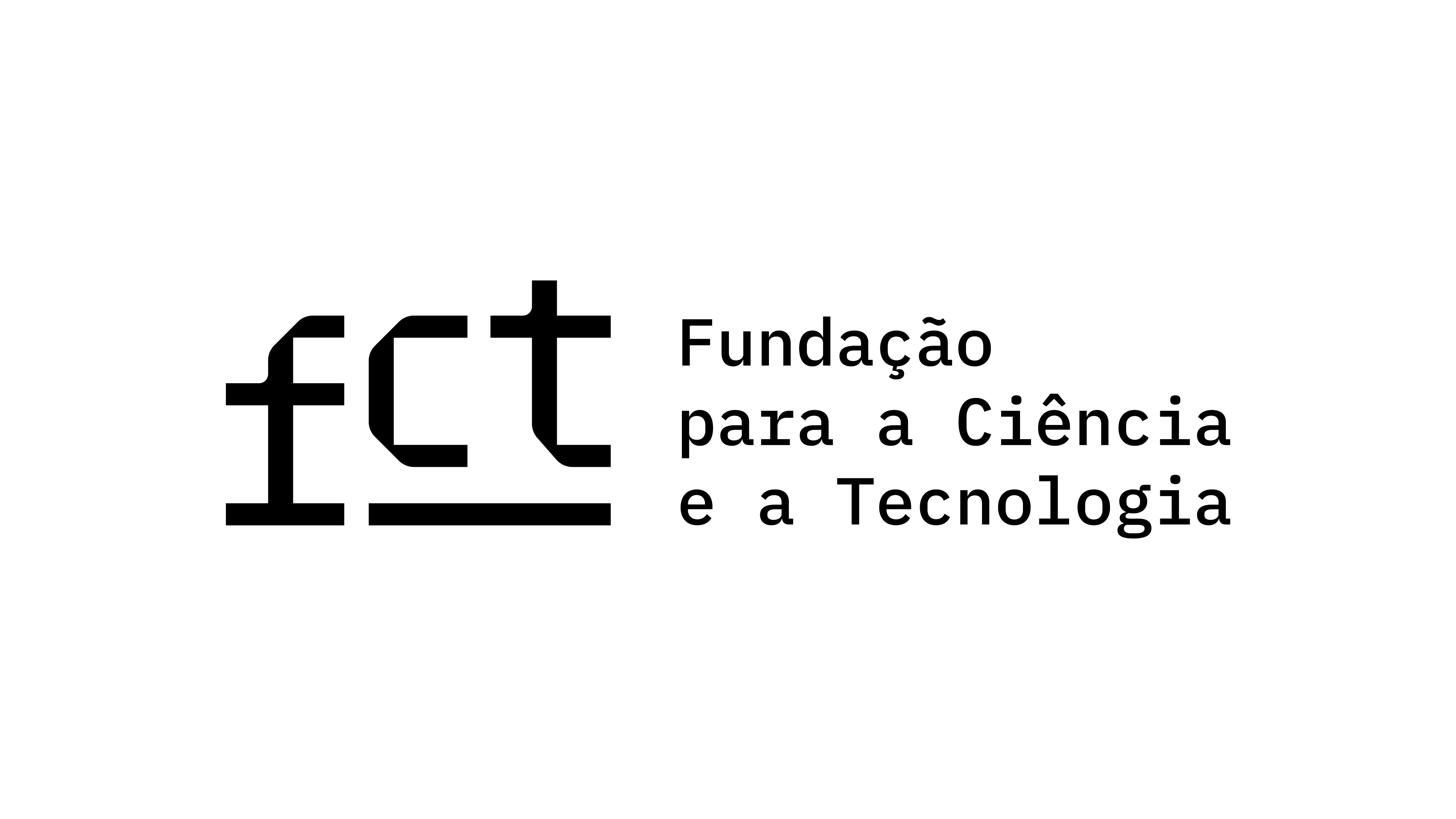Artaud Versus Kant: Annihilation of the Imagination in the Deleuze’s Philosophy of Cinema
Keywords:
Cinema, imagination, thought, Antonin Artaud, Immanuel KantAbstract
Kant and Artaud present two different poles of the possibility of philosophical thought: critical sharpness and an inability to concentrate on thinking at all. In his book The Logic of Sense, Deleuze compares Artaud to Lewis Carroll as two possible alternatives: one of the surface, the other of depth. Deleuze also develops further Artaud’s concept of body without organs. In Difference and Repetition, Deleuze leads a discussion with a Kantian image of thought, paradoxically considering it dogmatic. On the other hand, Deleuze deeply reflects the Kantian notion of imagination in Kant’s Critical Philosophy. Do these lessons on Kant’s concept of imagination play any role in the later Deleuzian aesthetics? What is the role of imagination in the philosophy of cinema, in the two volumes of Cinema? In his philosophy of cinema, Deleuze returns to Kant and Artaud.
In the first volume, when discussing the aesthetics of German expressionism, Deleuze refers to the Kantian idea of the two kinds of Sublime: mathematical and dynamic, the immense and the powerful, and the measureless and the formless. In Cinema 2. The Time-Image, Deleuze is seeking to trace the faculties of the mind, which organize the cinema art as the specific art in comparison with the others. Why does Deleuze rely not on imagination, but on the thought? In the chapter entitled “Thought and Cinema,” Deleuze following the Kantian idea of sublime, but not mentioning his name, suggests a sublime conception of cinema.
The idea of shock as an effect of the spirit, which forces it to think and to think of the Whole is not an invention of Deleuze, but suggested by Sergei Eisenstein. It seems Deleuze simply refers to this notion of Eisenstein, who considered that the internal monologue in the cinema goes beyond a dream, which is too individual, and constitutes segments or links of a truly collective thought. On the other hand, he developed further the Eisensteinian insight of the shock which annihilates the imagination and gives birth to new thought, but he has chosen a different version expressed by Antonin Artaud. Artaud wrote that a dream, as it appears in European cinema inspired by surrealism, is too easy a solution to the “problem” of thought. Artaud believes more in the appropriateness between cinema and automatic writing, considering that automatic writing is not the absence of composition, but a higher control which brings together critical and conscious thought and the unconscious in thought: the spiritual automaton. Deleuze, following Artaud, noticed that, mainly in cinema, thought is brought face to face with its own impossibility, but draws from this a higher power of birth. In this conception it is no longer thought which confronts repression, the unconscious, dream, sexuality or death, as in expressionism (and in surrealism); on the contrary, they con- front thought as a higher “problem” when it enters into relation with the indeterminable, the unreferable. According to Deleuze, only bad (and sometimes good) cinema limits itself to a dream state induced in the viewer an imaginary participation. But the essence of the cinema has thought as its higher purpose, nothing but thought and the functioning thereof. It seems that Artaud’s influence on Deleuze’s philosophy of cinema is stronger than Kant’s.





